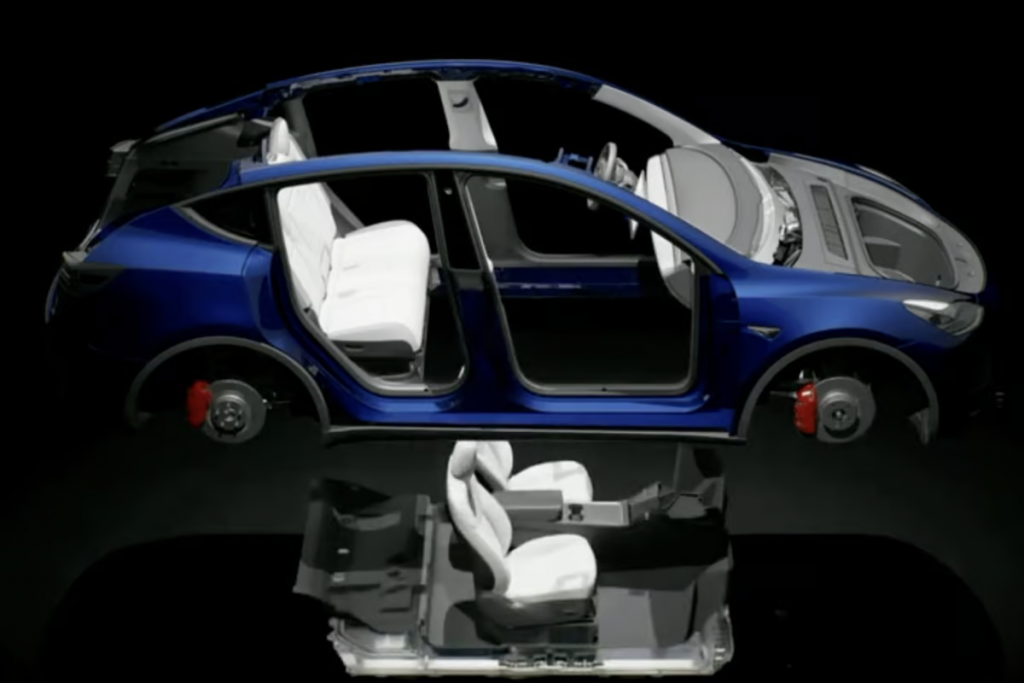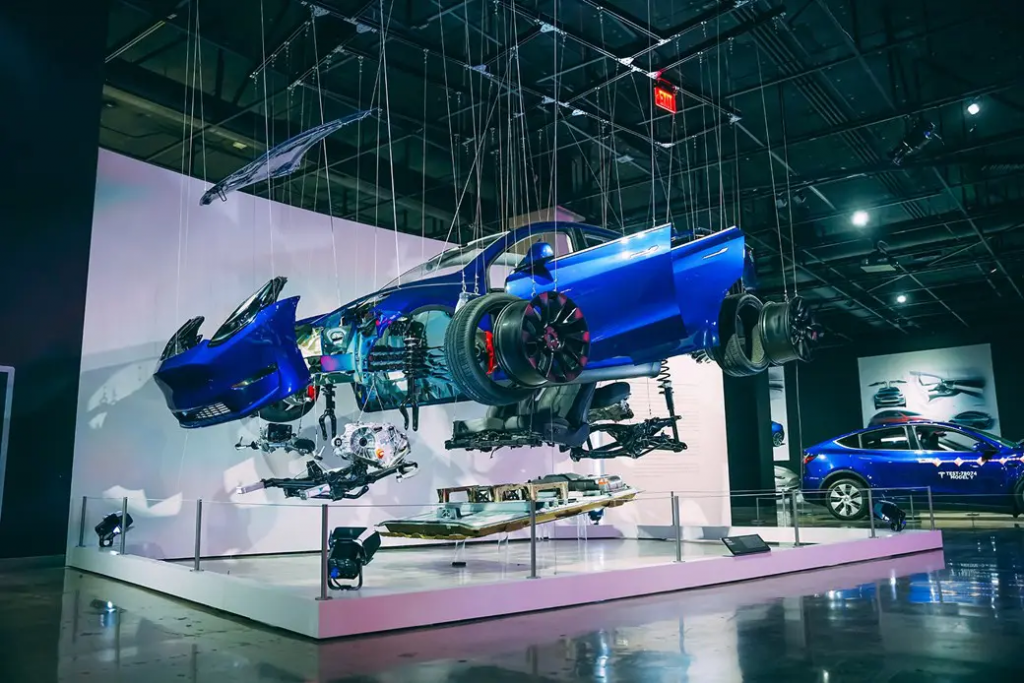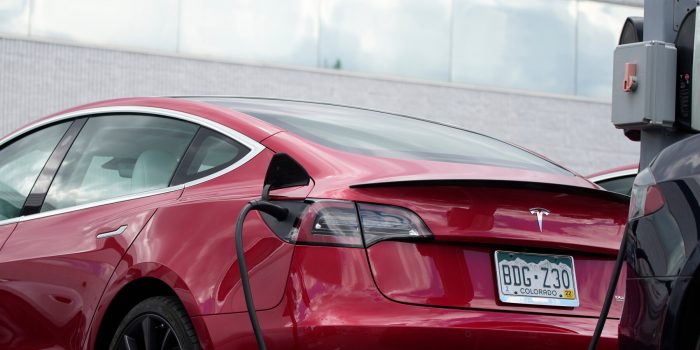The traditional approach to building cars has been around since the Model T, but Tesla is attempting a ground-up re-think of the process, emphasizing automation. At its recent Investor Day, the company revealed its modular, parallel manufacturing innovations and claimed it could reduce costs by 50% using these new methods. These methods are based on the idea that Tesla’s vehicles should be built and tested in chunks that won’t come together until the final line, which will be very short.

Tesla’s VP of Vehicle Engineering, Lars Moravy, said that the company’s organizational structure is designed to ensure full accountability and a collaborative approach that makes sure manufacturing and automation considerations are part of every engineering and design decision. He stated, “all of those teams, engineering, manufacturing, design, automation, are all in one org. They all report to one person. We can’t point fingers at each other, we have to solve [problems] together, which is the best way to innovate.”

Moravy described the traditional process of building a car: “You stamp it, you do build of the body in white. You paint it, and you do the final assembly.” He explained that this process is dictated by the organizational structures that exist, and that if something goes wrong in the final assembly, the whole line is blocked. Moravy claimed that this system is at the tail end of its manufacturing optimization and that it is time to rethink the entire manufacturing process.
Tesla started this optimization with the Model Y, which features “gigacastings” designed to delete hundreds of parts. The battery is part of the car’s structure, and its casing forms the floor. This allows Tesla to build the seats and some of the interiors on top of the battery, giving workers and robots exceptional access from all angles. Moravy explained that this allows for more work to be done simultaneously, with 44% more operator density and a 30% improvement in space-time efficiency.

With upcoming next-gen Tesla cars, the company will not be assembling the shell of the car until everything else is done. The car’s front, back, sides, and foundation will be treated as independent, manufactured, and painted separately in parallel operations. The final line will be very short.
Moravy explained that “we’ll build all the sides of the cars independently. We only paint what we need to, and then we assemble the parts of the car once, and only once. We put them where they need to go. The interior is attached from the bottom up, or a top-down strategy, so there’s more access for those robots and people.”
All around, Tesla is attempting to revolutionize how cars are built, focusing on automation and modular, parallel manufacturing innovations.
Moravy stated that “if we’re going to scale the way we want to do, we have to rethink manufacturing again,” and it appears that Tesla is doing just that. By building cars in independent parts and assembling them only once, Tesla aims to reduce costs by 50% and improve efficiency.
Source: Tesla


